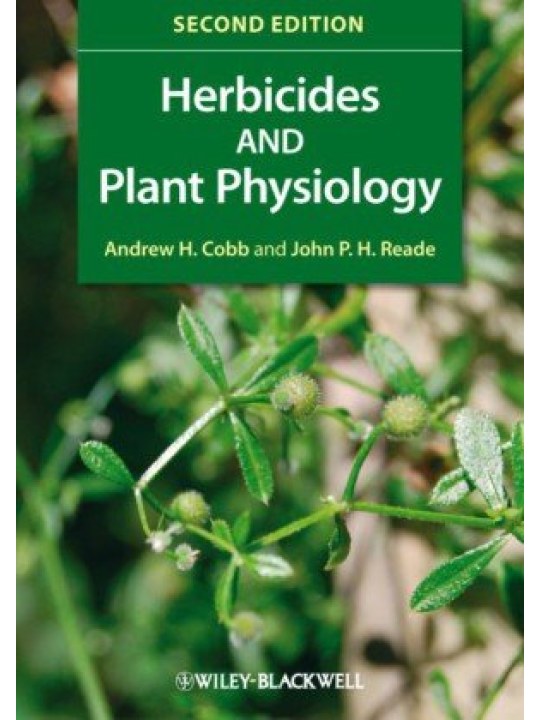Herbicides and Plant Physiology, 2nd Edition (Ζιζανιοκτόνα και φυσιολογία φυτών - έκδοση στα αγγλικά)
Herbicides and Plant Physiology, 2nd Edition
Το έχεις διαβάσει; Γράψε πρώτος μια αξιολόγηση!
Περιγραφή
Σχετικές κατηγορίες
Άμεσα διαθέσιμο
- Τιμή ΕΜΒΡΥΟ: 74,42€
- 70,21€ + ΦΠΑ 6%

